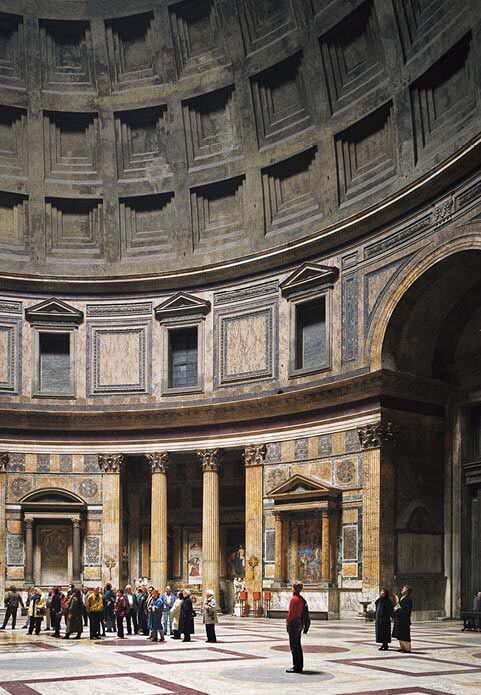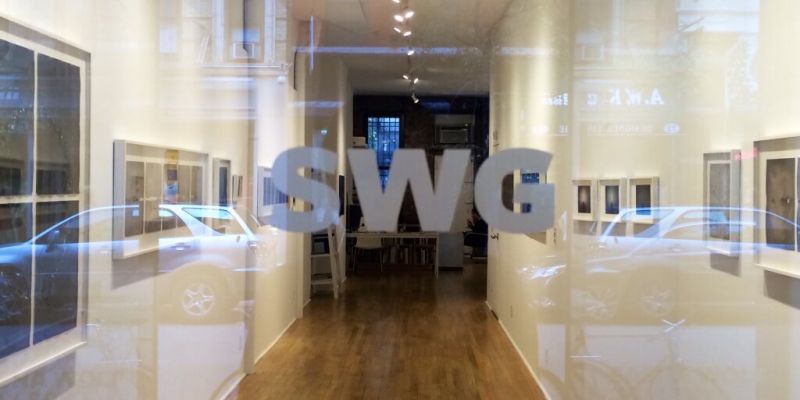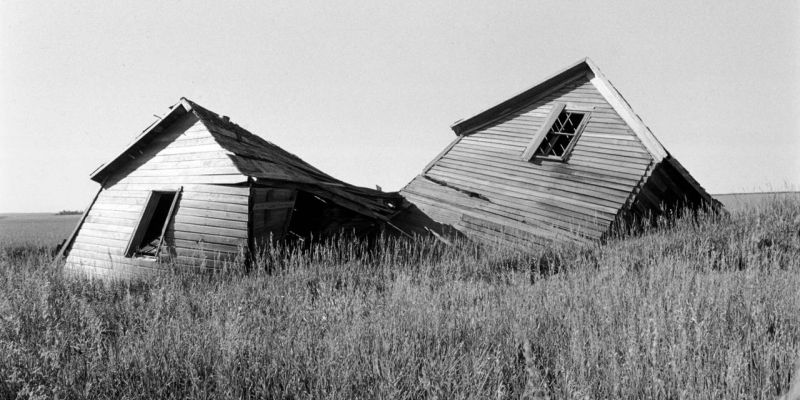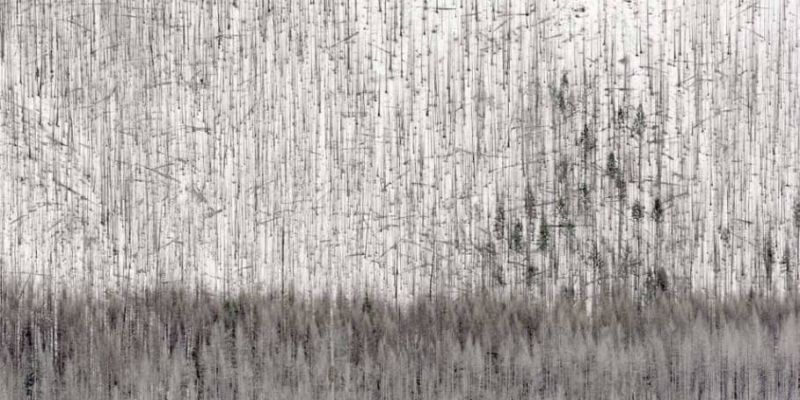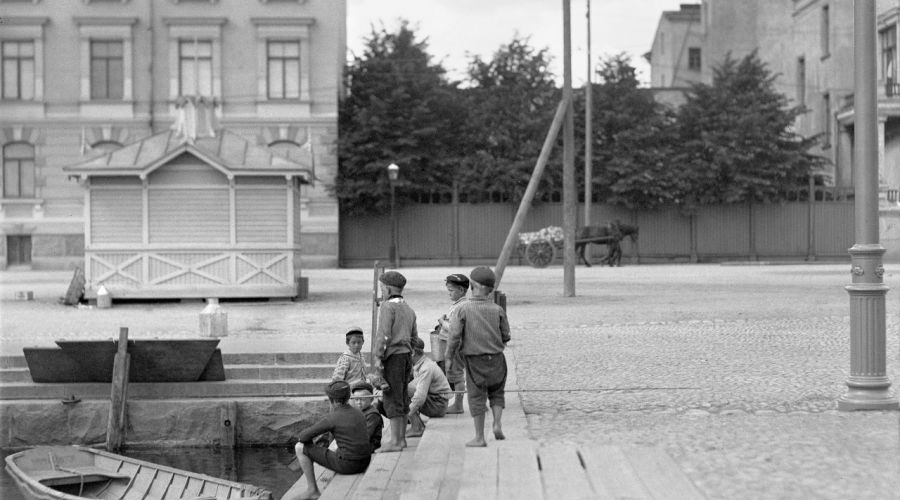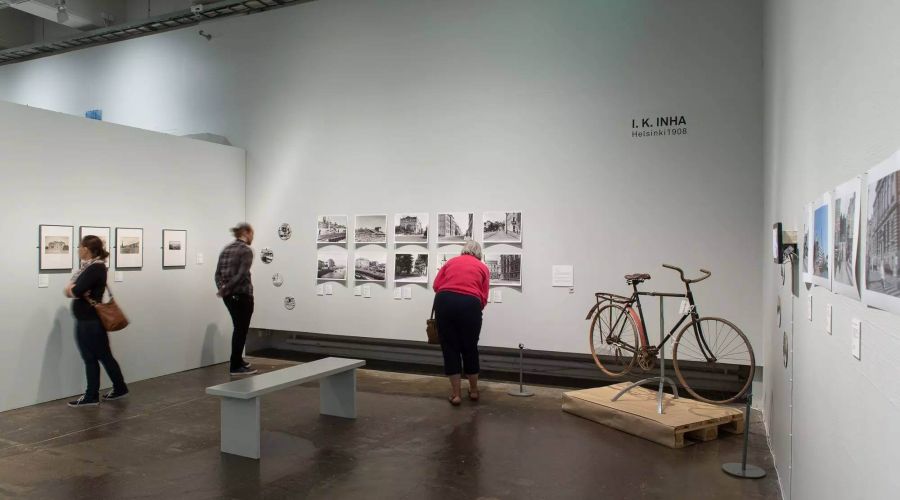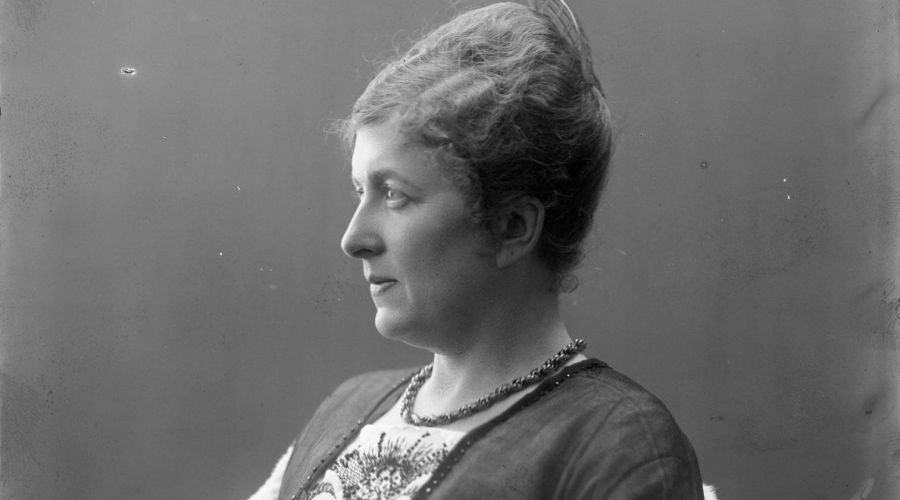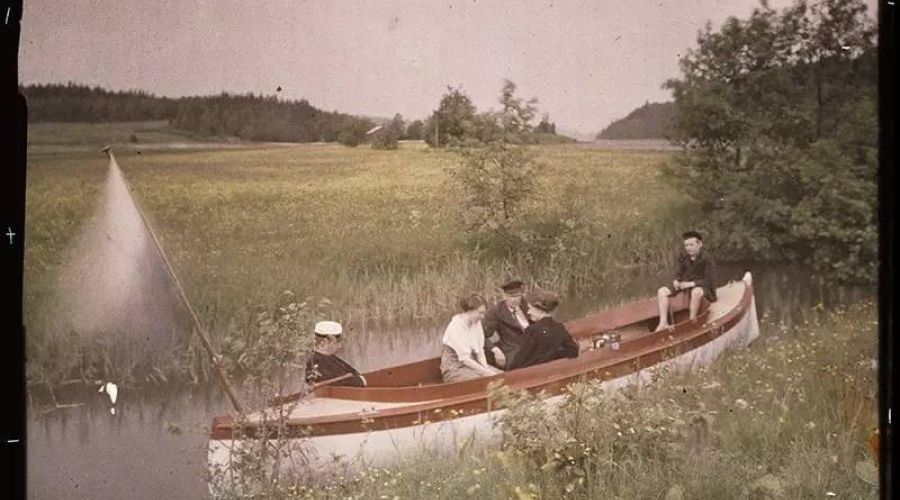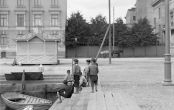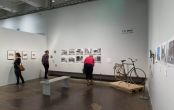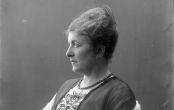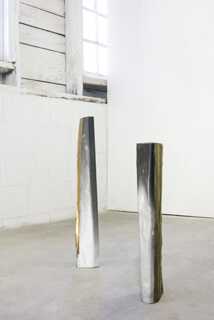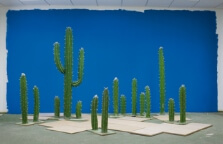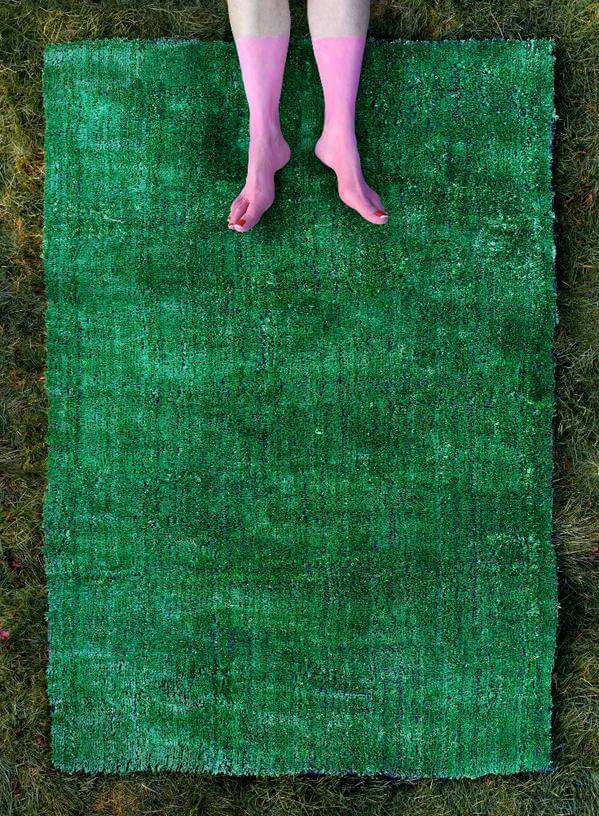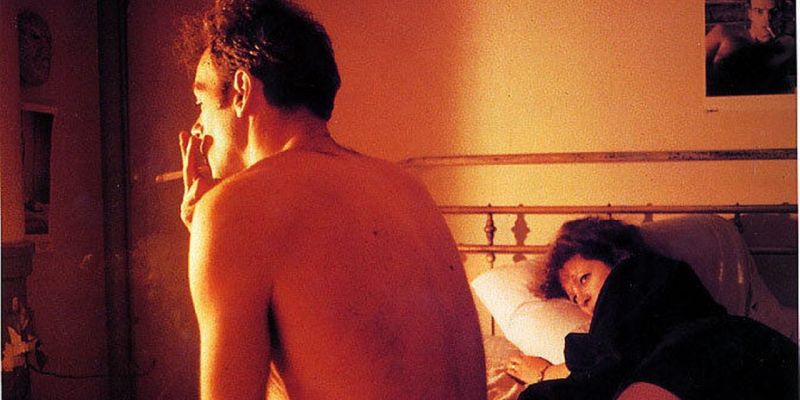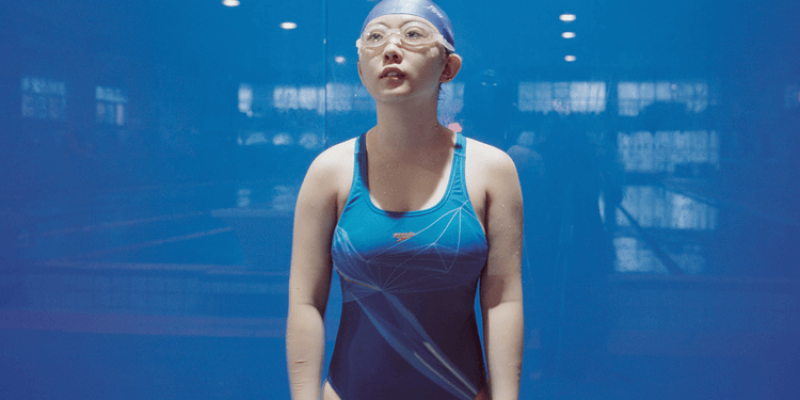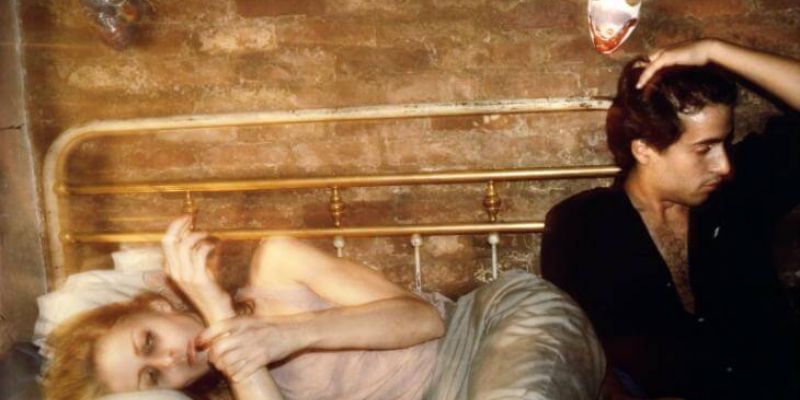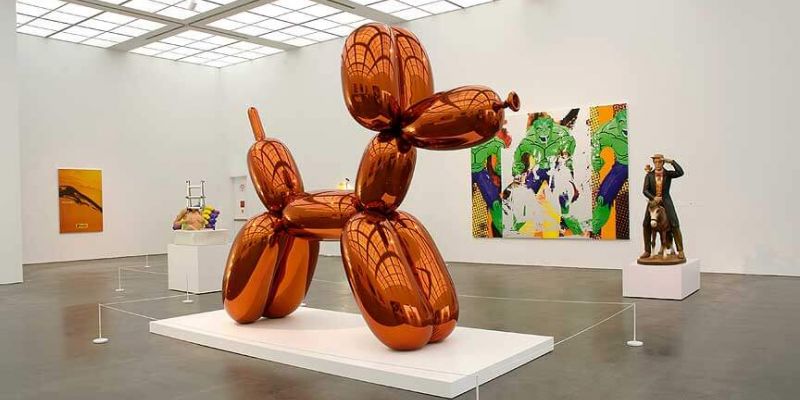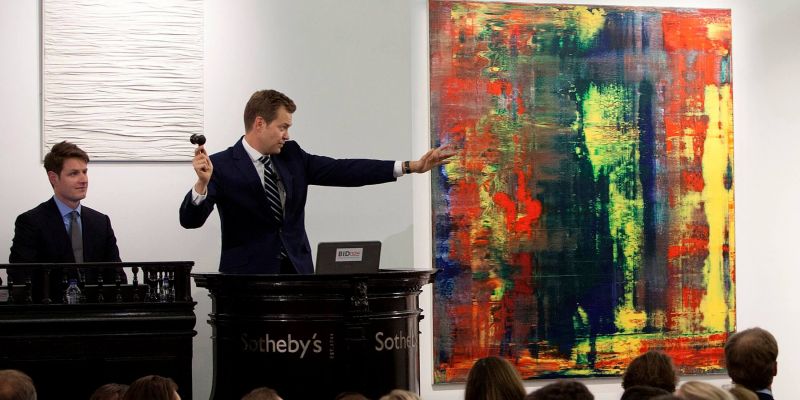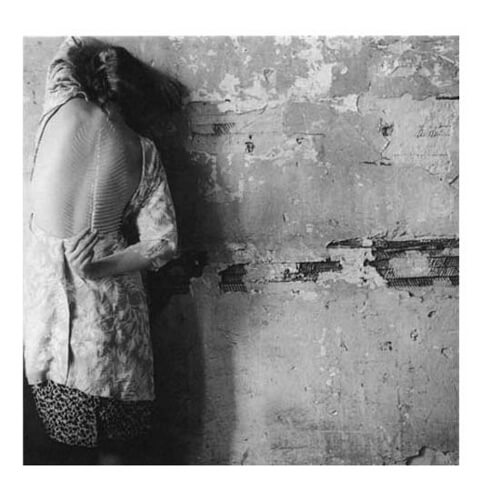New York Photography Diary met with Sasha Wolf, director of Sasha Wolf Gallery at 70 Orchard Street, to discuss her experience, her gallery and how being a gallery owner is changing in contemporary culture.
Catherine Troiano: Tell us a bit about yourself and how you started out.
Sasha Wolf: I did a lot of photography when I was young in high school. My father made television commercials and taught me how to use a camera – he was actually a very good photographer. When I was in college I thought I wanted to be a writer, but then I’ve always been in love with film. When I was growing up there were more independent theatres than there are now. I loved old movies, so I would to go to a theatre that would show double bills of old Humphrey Bogart or John Huston films.
When I was in college, a real turning point for me was seeing a John Sayles film called Return of the Secaucus 7. It’s funny, because sometimes I think in retrospect you create narratives of how things happened, but this is really how it happened to me. It was one of those films that was shot with no budget, nor really any plot. It was about old friends getting together over a weekend and was almost like the precursor to the film The Big Chill – but a low budget version with a bunch of actors who weren’t particularly great.
I remember that it was a lightening bolt moment for me because it felt like real life. It was poignant, I was very moved by it compared to how I felt about Hollywood films. I was too young in the so-called great age of American cinema in the 1960s and early 1970s where people like Terrence Malick and Mike Nichols were making films like The Graduate or Bad Lands, so I grew up with the bigger films like Star Wars. When I saw that you could actually make a film that was more about real life, I felt I wanted to be a filmmaker, which was good because I wasn’t a very good writer. So, I started getting involved in filmmaking.
I supported myself with jobs in the production world and working at production houses, and I wound up in a very expensive, intensive program at NYU for filmmaking. But, I also worked for my dad over the summers, so I was learning a lot about photography too. Eventually, I got really burnt out in filmmaking because, in order to support a very expensive habit of actually making the films, I worked in the film and television industry, which I hated. It just wasn’t for me, and I got to the point where I couldn’t go on in that industry any more.
The last film I made was a short film nominated for a Palm D’Or at Cannes, so I thought ‘this is a good place to stop!’. I’d had a wonderful time, I was really proud of all the work I had done and I didn’t know what I was going to do next, but I was still making a lot of photographs. I’d actually built a dark room in my apartment so I was still very involved in photography and it just sort of came to me. The truth is sort of fantastical, again, but I was lying in bed at around 3am and I thought ‘aren’t there something called private dealers?’.
I had no experience in the art world so I jumped up, googled it, started learning about it and decided that’s what I was going to do. For five years, I found artists who’s work I liked and, because I had a lot of connections in the film and television world (I had spent a lot of time in LA), I would go out to the west coast, almost like a travelling salesperson, with photographs and sell work. I’d have pop up shows in my apartment and five years later I had enough financial, moral and intellectual support to open a gallery. I didn’t really want to open a gallery; I didn’t really want the overhead and the having to get up at a certain time every day, but I did it. It was a really bizarre entrance to the industry because I had never worked in a gallery. So, when I first started I had to call people I’d met, like Tom Gitterman or Michael Foley and ask ‘how do you write an invoice?’. I didn’t know anything! ‘How do you pack a print?’. I appreciate the support I got from people I had been introduced to.
CT: How do you decide what to show and who to represent?
SW: I show work that I feel the most passionately about. People misunderstand and think that because I don’t show any highly conceptual (first of all, I think all work is conceptual, but just to stick with the terms that we use) work or work that’s made on a computer or that has been highly manipulated, that I somehow have disdain or a lack of respect for that type of work – that’s really not true. There are artists whom I love working in that way, but it’s not my passion.
My passion is for work that is of the physical world and where I feel that for me as a viewer there is an easier entrée into that work. I always say, with work that that I would call new documentary or post-documentary, that there’s more room for my fantasies if I’m not overly concerned with what the artist was intending. Having said that, it is incredibly important to me that all the work that I show is very authored, that it has a strong point of view and that it feels very much like it’s coming from the deep recesses of their psyche. But, I do find that when it is work that is of the material world and when it’s something I really recognize, that there’s more room for my own fantasies. I think it’s important to specialize in something and it’s a no-brainer for me to specialize in these things that I feel most connected to and passionately about.
CT: How important is it to you that your artists have had a formal education in photography?
SW: It’s not. I don’t care whether my artists have been to the best schools or no schools. What’s important to me is that they have incredible depth of knowledge of the history of photography. Whether they learned that themselves or whether they learned that in school, it doesn’t matter to me. I think that all work at this point is riffing off other work. I’m not that interested in people reinventing the wheel; I think that when people get too preoccupied with doing something totally new it can lead them astray from their own voice.
But, it is important that if their work is part of a genre or similar to an artist that came before them, that they somehow incorporate that as a riff. Almost like if you listen to someone like Dave Brubeck or a lot of great jazz musicians, they often incorporate other songs into the songs that they’re playing. It will have little flurries and parts of other songs, and I think that’s more or less the way I think of what I want from my artists. If I say to them, oh my gosh, this has Harry Callahan in it, I don’t want them to say ‘really?’, I want them to say ‘Oh, that’s so great that you noticed, because I definitely look to Callahan as an inspiration’ – I think that’s great.
CT: Do you ever have to negotiate your own taste with the needs of the gallery or do the two usually align?
SW: I only show what I love, and for sure there have been times when that has been detrimental. I could be showing work that’s easier, but I don’t have any interest in owning a business so there’s no gain for me in working with anything that I don’t love. There’s plenty of work involved in running a business that is not fun, from picking insurance companies to figuring out gallery software systems, so I’m not going to compromise on the work I show. It’s also really important to me that when I talk to potential and existing clients that my enthusiasm is real, I don’t want to be acting. I think it’s important for me to be as authentic as the work that I’m showing.
CT: Your shows are always impeccably edited, is this process something that you enjoy doing or do you approach it with apprehension?
SW: I love editing. If I had my way, all I would be doing is looking for new artists, editing work, curating shows and working on book projects. I wouldn’t be doing anything else. I’d be working with my favourite clients because they’re like me, obsessed with photography. It’s fun when you have great clients who are photo-junkies, it’s great to talk with them about what they’re seeing in the gallery that they love, what I love and which my favourite pieces are. I feel blessed to have a lot of clients who feel like I do.
I consider myself a photo-addict. If I was wealthy, my collection would be out of control because I fall in love with at least one photograph a day. But, I love editing and I consider myself a pretty ruthless editor. I have a philosophy which is that when you look at bodies of work, whether in gallery shows or whether in books (and this is where a lot of people and I part ways), if you fell in love with something at the beginning you should remember it at the end. It’s not my intention to overwhelm someone or to be repetitious unless the repetition is integral to the body of work.
I love being ruthless. All the work has got to be great. There’s no reason for it to just be good, unless it’s really informing something, in which case including it makes sense. Otherwise, it doesn’t need to be there. And I’m perfectly comfortable with shows or books that have 15 photographs. That doesn’t mean that the artist doesn’t have a larger body of work that’s incredibly comprehensive, it just means that for this experience I don’t want to overwhelm you. I want you to be able to stand in front of an image, take your time and know that you’ll be able to get to the end of the show and still remember the first thing that you fell in love with.
CT: The gallery has been in several different locations, including your own apartment. Has the art or your clients changed or been influenced by the various locations?
SW: I don’t think so. I don’t think location has really had much effect. I know that the location that I’m in now on the lower east side feels the most aligned with my own sensibilities. It feels like a very nice, clean show space in some ways – it’s very white – but in other ways it feels like a salon. I feel like myself, the people who work with me in the gallery and clients are all very comfortable here. I think they’ve been comfortable at every space, I think every space has been quite elegant and warm at the same time – it’s always what I’m trying to achieve. But, I think this space is a very comfortable space, which is important. I want people to look forward to coming to see me.
CT: How are the day-to-day operations different on the LES in comparison to, for example TriBeCa, or your more recent location in Chelsea?
SW: I don’t think there’s anything different about being on the Lower East Side as far as the gallery goes. I think that my experience is very different because it’s extremely collegiate down here, I’m located on a street made up of many small businesses about which their owners feel very passionately about.
On one side, we have a vintage clothing store that is very high end and impeccably curated, on the other side we have a jewellery store where all the jewellery is made by the store’s owner, a couple of doors down is a men’s clothing store where all of the clothing is made by the owner Robert James, and on and on it goes down the block. There’s something that’s extremely energizing and wonderful about a very collegiate location, where you can talk to each other about your woes, your high points, low points – everyone’s really pulling for each other and that’s a very different experience for me.
CT: How do you make sense of the ever-growing art fair circuit?
SW: I think in general, like everything else in life, things change. When I first opened the gallery almost 8 years ago, I made a rule that none of my artists could be represented by any other gallery. They could be in shows and I would work to have them shown in as many other places as possible, but I would be their gallery. This was considered really out of the norm, but the gallery world is still stuck in some ways, like a lot of businesses, in an old model that doesn’t take the internet and the way technology works into account. For instance, the model used to work very well – you had to be in galleries on the west coast, the east coast, in Chicago, in Houston and so on because there was no other way for people to see your work.
But now, my best clients are on the west coast, period. I sell the most to people on the west coast and all the transactions are done by them looking at the work online, calling me and us having in-depth conversations. If my artists were represented by galleries on the west coast, all of those sales would go to those galleries.
I think that art fairs are just another part of the way in which the art world is evolving from people figuring out ways in which they can make things work better or differently. I personally don’t love art fairs because they’re really, really tiring. They take you out of the gallery, there’s a lot of small talk that goes on, which isn’t something I love – I prefer to have more in-depth conversations with people so I find it psychologically challenging to stand around for four to five days and possibly not have one of those conversations with anyone.
But, it doesn’t matter – that’s the way it is now and it is a lot easier. If you’re a big collector in Brussels, it’s a lot easier for you to come in for Armory Week and do all your buying at once rather than going around a million different galleries. I think of galleries like showrooms. It’s a really nice office, but we don’t really sell shows. We just sell work, it’s about continually selling work that people are interested in and you never know what that’s going to be. Art fairs are just another part of the crapshoot now. But, if it makes it a lot easier for people to buy work, then of course it’s going to be successful. There’s no way it’s going to stop if the client, the person who is spending the money, has deemed it incredibly convenient. Then, it’s going to continue and we all have to just adapt to that.
CT: The gallery is one of a small-ish number that exclusively show photography. What are the advantages and disadvantages to that?
SW: I think that there are not many advantages but they are very clear, which is that if you love photography and you love the type of post-documentary work that I show, then you know that if you come in here that’s what you’ll get. We tend to hear that a lot – people come in and say how much they love coming because they know that whenever they stop by they’re going to be rewarded. That is a real joy for me to hear, I’m so happy when people tell me that. So, I feel like there’s a real, clear advantage to having your niche because it means people can count on you for something.
I think the disadvantages are pretty big. I get a much smaller slice of the potential collector pie and that pie is very small to begin with. The amount of people who are going to spend their money on original artwork versus putting money towards their kid’s college fund, a vacation, a new sofa or a down-payment on a house is incredibly small, so it’s even smaller if you’re only considering photography. But, this is what I love, so this is what I do. I don’t think it’s the best business plan, but it’s what I’m stuck with.
CT: How do you think photography collectors are different from collectors of broader art?
SW: I don’t. I think that people, just like I have as a photography gallerist, find things that they love. Whether you’re a stamp collector or you collect baseball cards, you find something that you love and that speaks to you for whatever reason. I think that being a collector means you have a particular type of personality. Most people are not collectors of anything, but if you’re a collector of something you’re a certain type of person. I don’t know what that type of person is, I don’t want to examine it too closely, but you’re definitely a particular type of person.
CT: Do you collect for yourself, other than photography?
SW: I collect 90% photography and 10% whatever, if I see something that I love. I own a couple of paintings and a couple of drawings and two pieces of sculpture. So not a lot, but when I see something I love, I’ll buy it! I’m a collector, which means I’ll spend money I don’t have. Unfortunately, the paying off of things over time is something that’s a part of my life.
CT: Finally, do you have any advice for young photographers?
SW: I have a lot of advice for young photographers, but to be concise I’ll pick the most important thing, well, couple of things. One is that you have to shoot in your own voice, but that’s advice I’d give to any artist. It doesn’t matter what you love – when I was a filmmaker I used to write things that were somewhat whimsical, almost like magical realism, which is not by any means my favourite genre of film but it was my voice. You cannot go against that, you have to honour it even if it’s not what you were expecting or hoping for. I’d say that’s the number one thing.
On a practical note, I would say never underestimate the importance of networking, even in the art world. That means being as charming, gracious, humble and giving as possible. I could cite a million examples of people who were making good work, never got picked up by a gallery, but were always hanging around being endearing. Little by little, they were included in more group shows until they were picked up. Just like in any other walk of life, being likeable, getting out there and meeting people is very important.
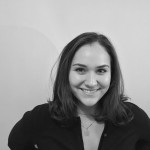 Catherine Troiano is co-editor of New York Photography Diary. She is Gallery Manager at a New York photography gallery, who also works independently as a curatorial consultant and researcher. She has experience in various institutions in New York, Edinburgh and London, including the Museum of Modern Art, the Metropolitan Museum of Art and, currently, the Sasha Wolf Gallery. She holds an MA in History of Art from the University of Edinburgh, and her interests include inter-war Eastern European photography, Hungarian art and contemporary art.
Catherine Troiano is co-editor of New York Photography Diary. She is Gallery Manager at a New York photography gallery, who also works independently as a curatorial consultant and researcher. She has experience in various institutions in New York, Edinburgh and London, including the Museum of Modern Art, the Metropolitan Museum of Art and, currently, the Sasha Wolf Gallery. She holds an MA in History of Art from the University of Edinburgh, and her interests include inter-war Eastern European photography, Hungarian art and contemporary art.
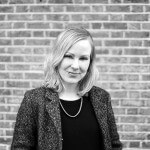 Miriam Otterbeck is the Deputy Editor of LPD.
Miriam Otterbeck is the Deputy Editor of LPD.
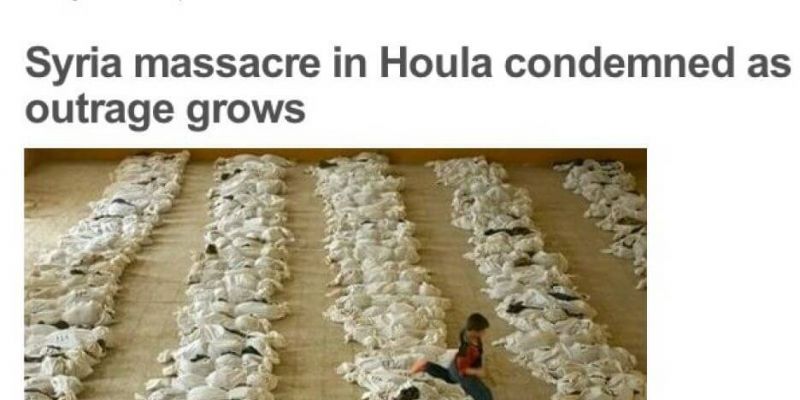
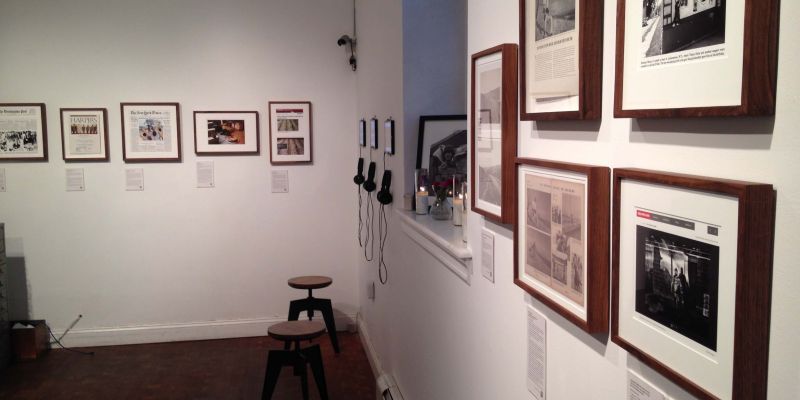
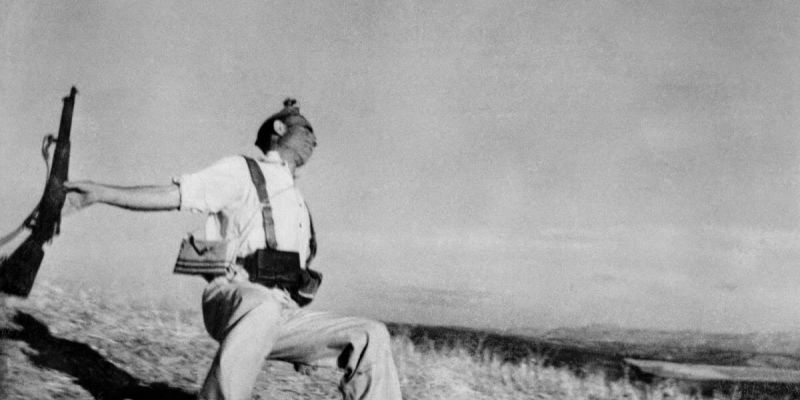
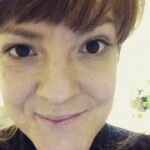 ena Haimes is a freelance arts and culture writer based in London. She studied at Goldsmiths College and the University of the West of England, and contributes to a range of publications as well as writing a visual arts blog.
ena Haimes is a freelance arts and culture writer based in London. She studied at Goldsmiths College and the University of the West of England, and contributes to a range of publications as well as writing a visual arts blog.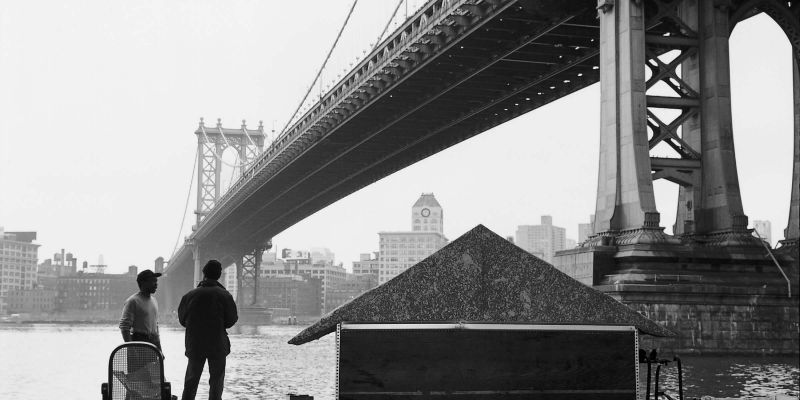
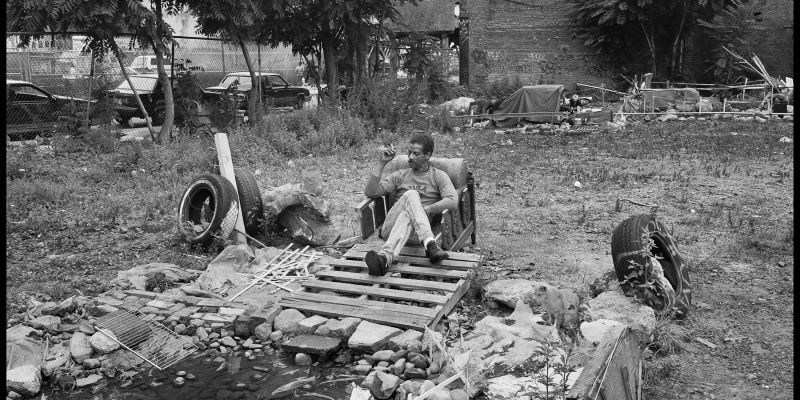
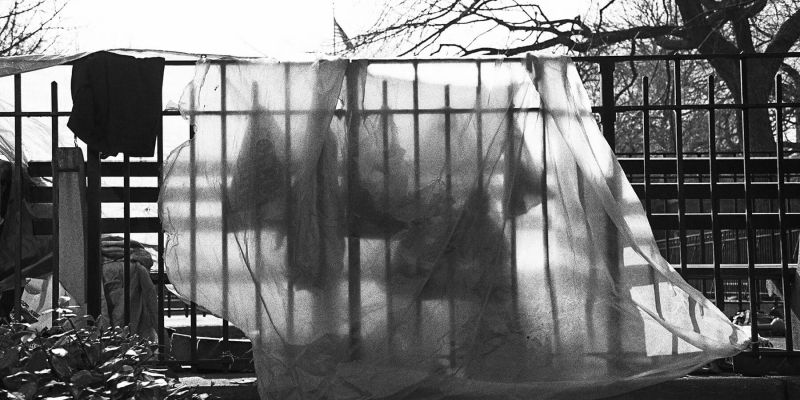
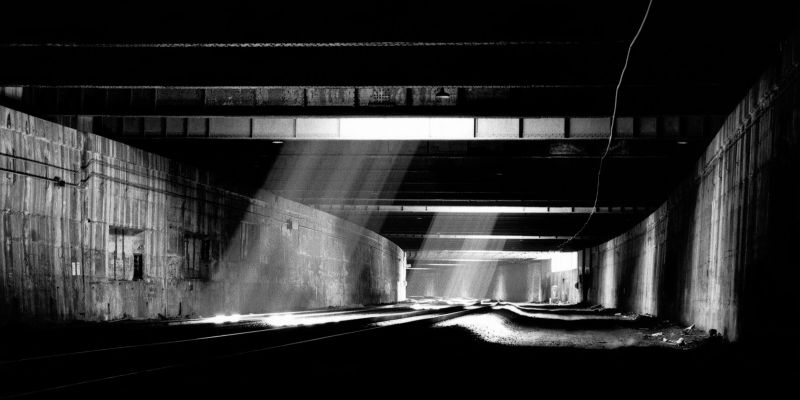
 itia is a visual storyteller at heart and a marketing consultant by trade. She holds a BA from the University of Tasmania and studied Marketing, Advertising & PR at Queens University Belfast.
itia is a visual storyteller at heart and a marketing consultant by trade. She holds a BA from the University of Tasmania and studied Marketing, Advertising & PR at Queens University Belfast.